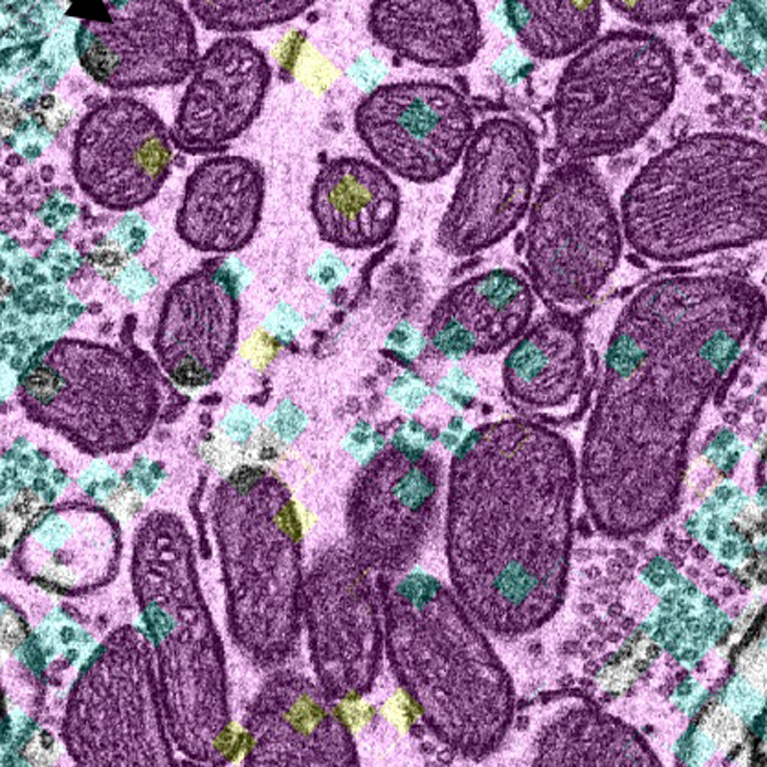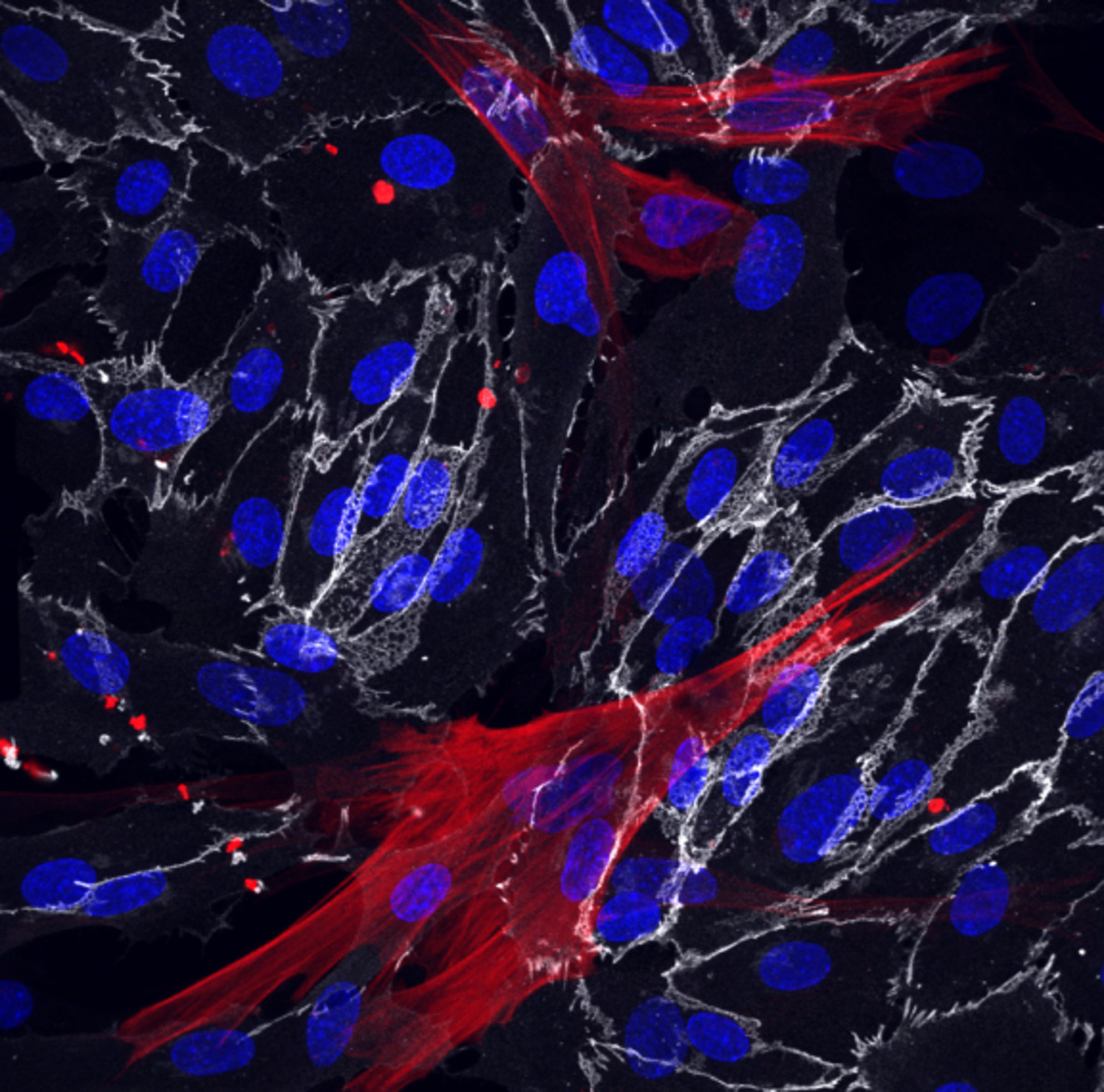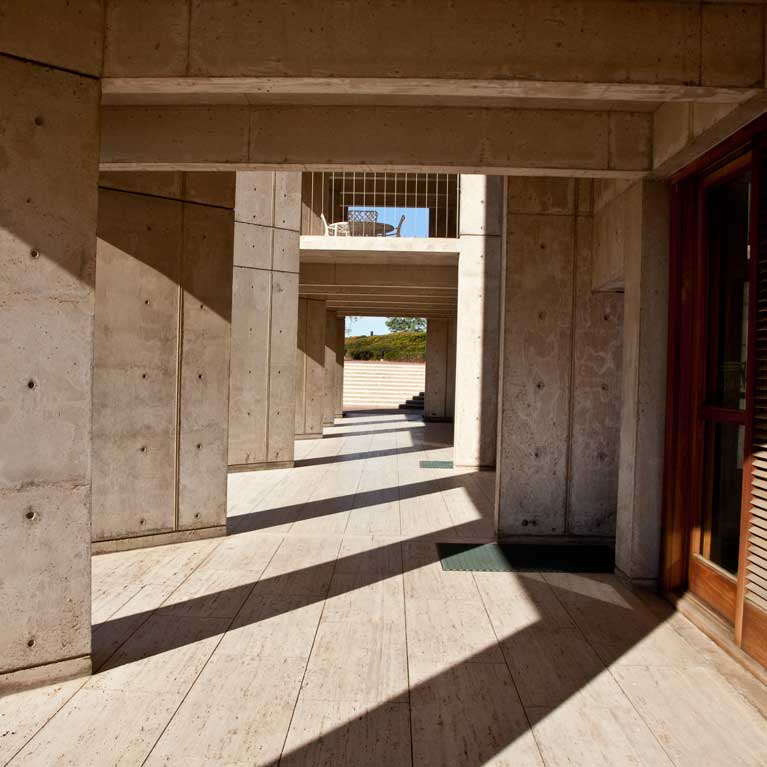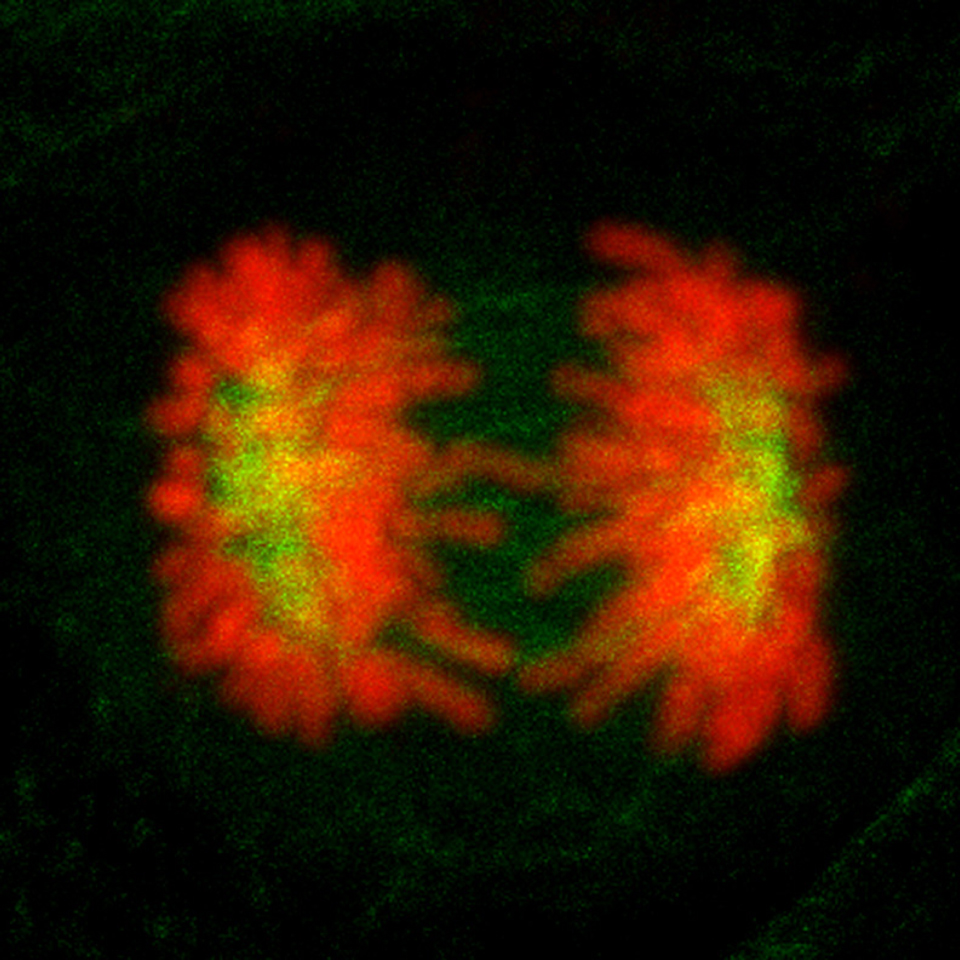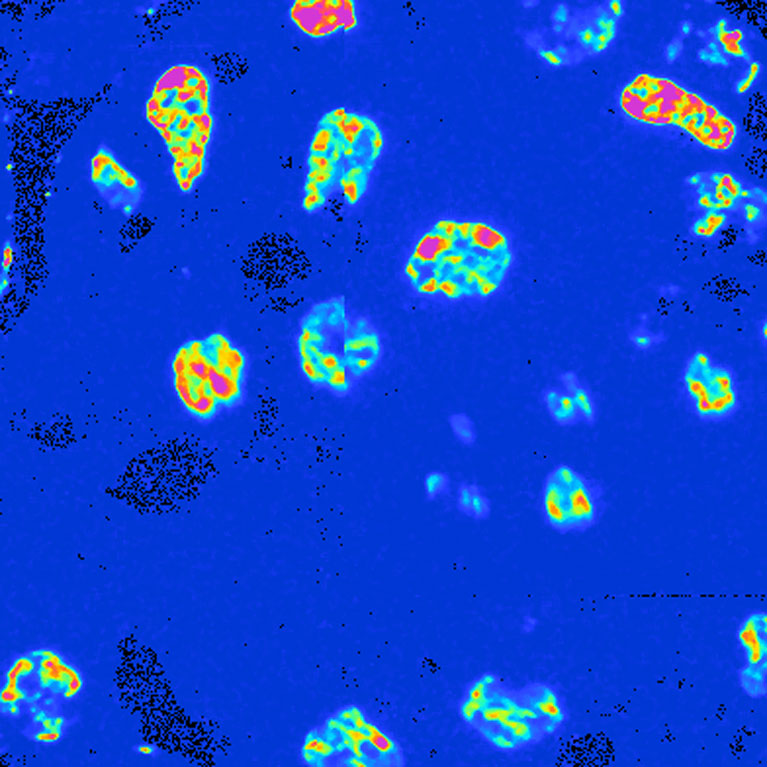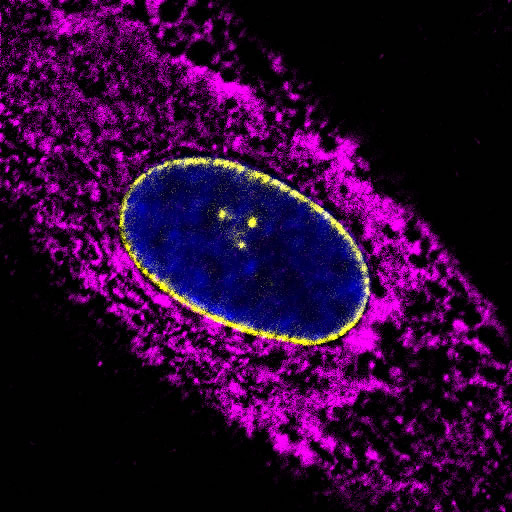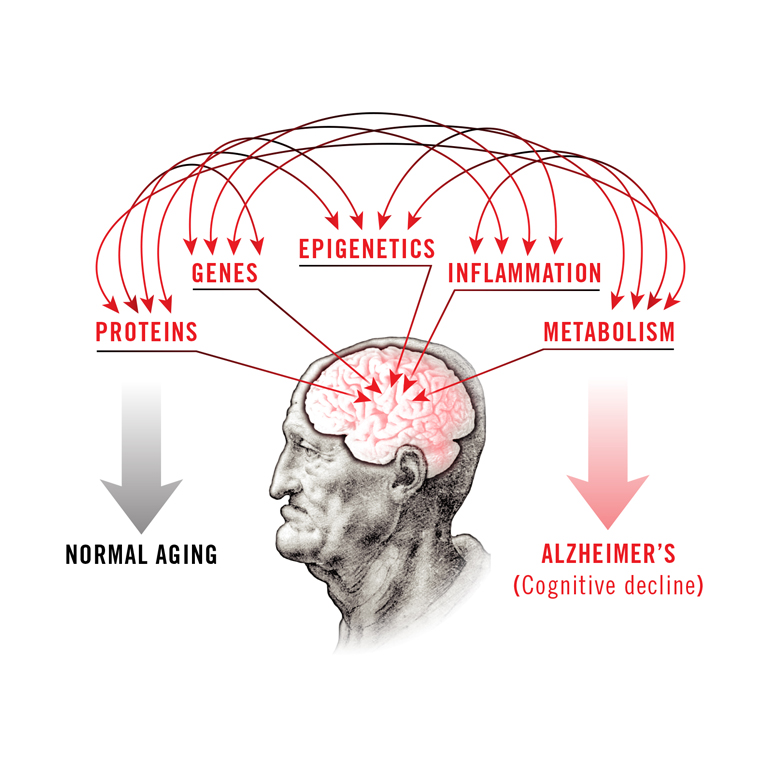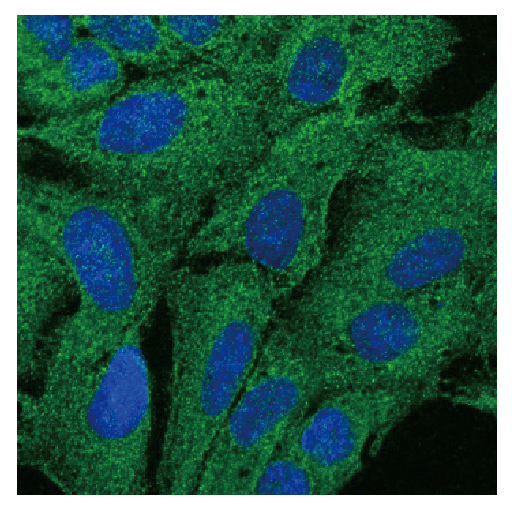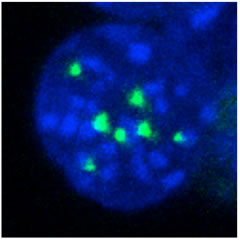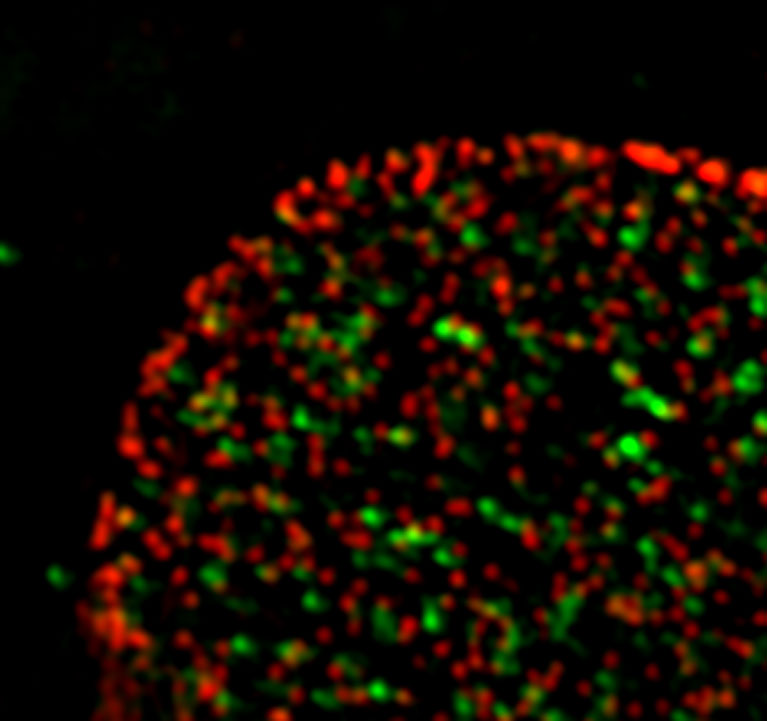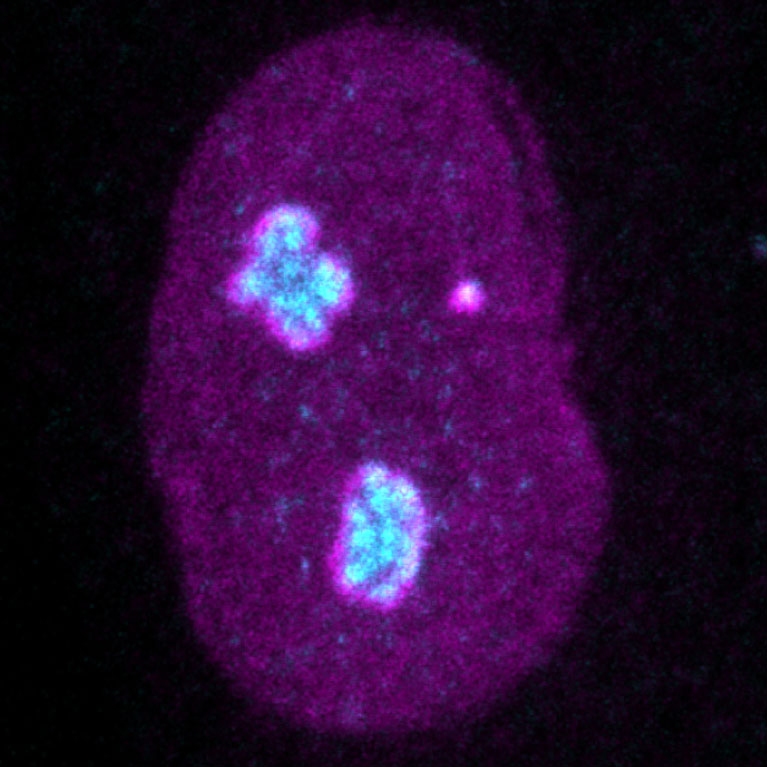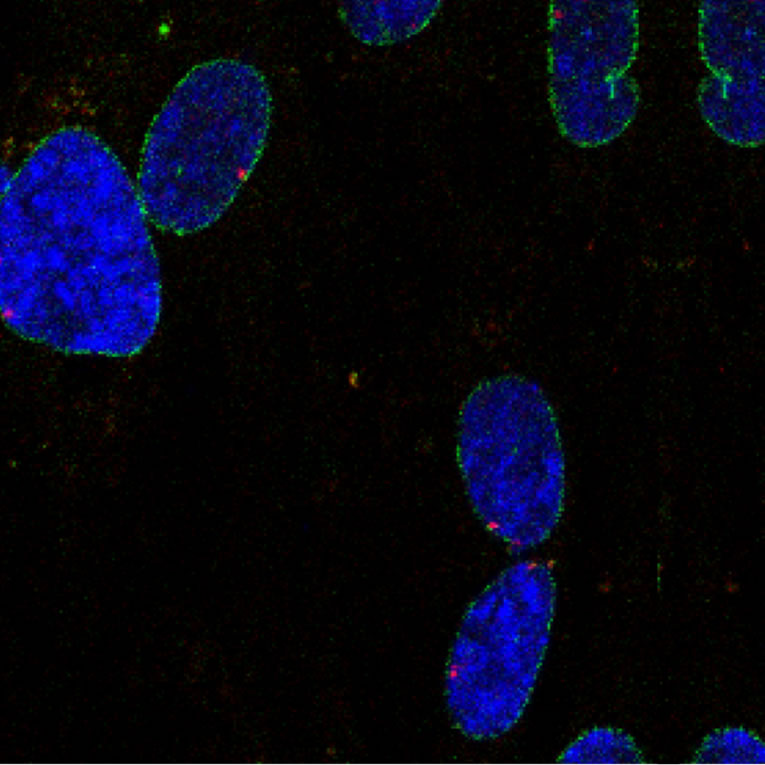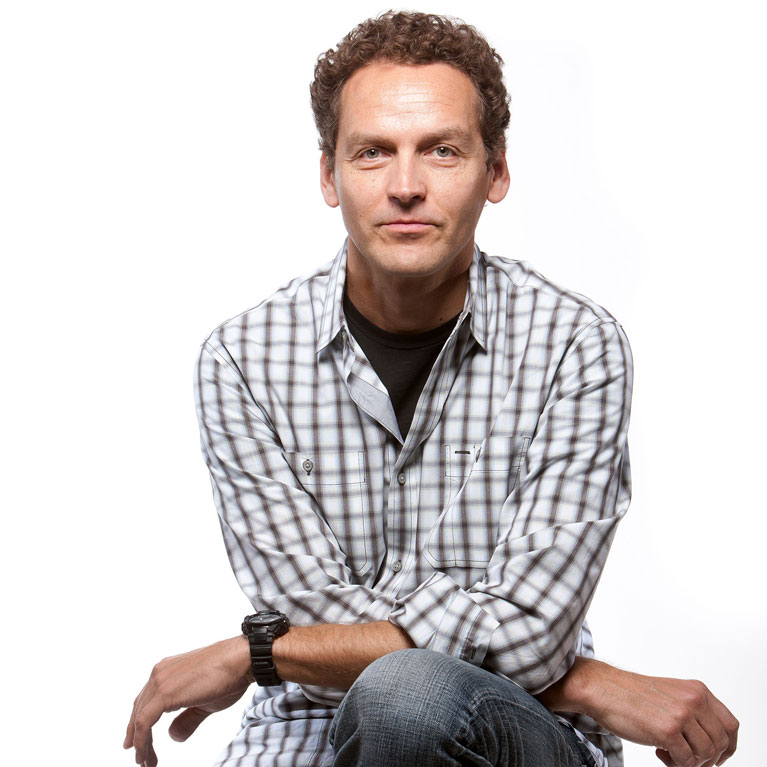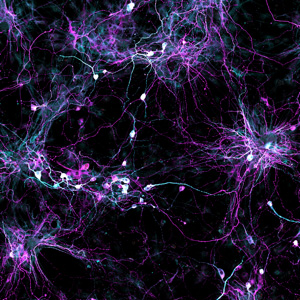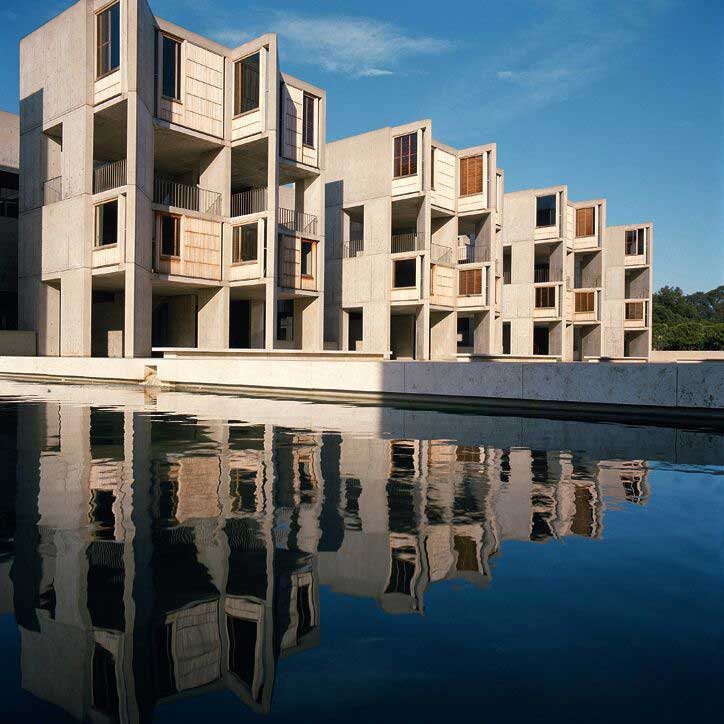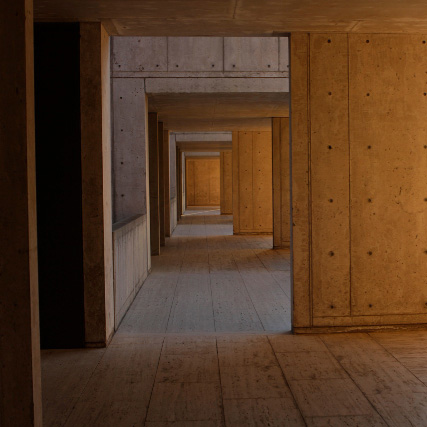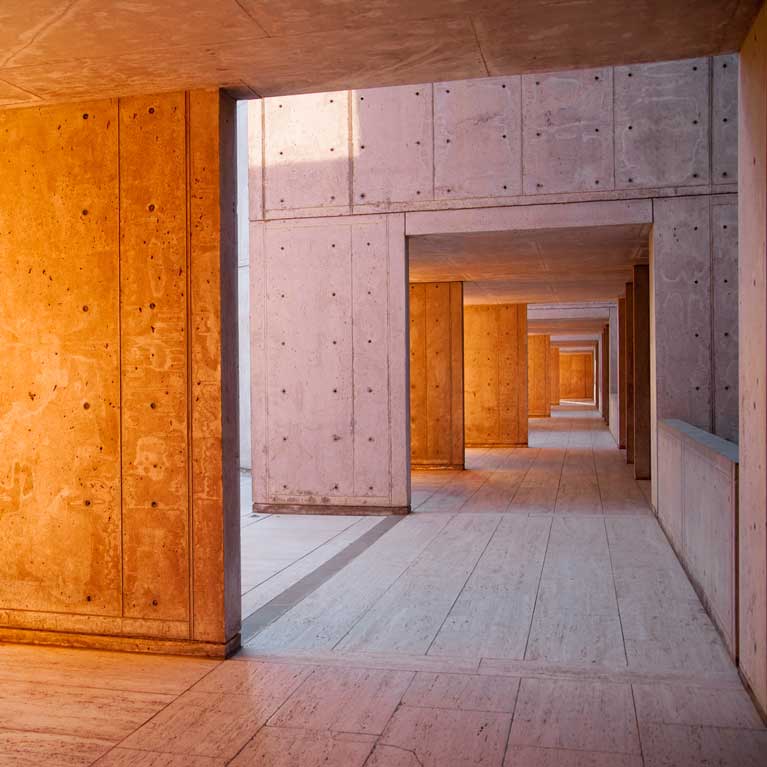Press
Long-lived proteins in mitochondria of the brain stabilize protein complexes
LA JOLLA—Mitochondria are known as the powerhouses of the cell, generating the energy that’s needed to fuel the functions that our cells carry out. Now, scientists at the Salk Institute and the University of California San Diego (UCSD) have taken a closer look at how mitochondria are maintained in nondividing cells, such as neurons, with the ultimate goal of developing a better understanding of how to prevent or treat age-related diseases. The researchers found that many of the proteins in mitochondria last much longer than expected, and that this stability likely protects them from damage. The findings were published October 28, 2021, in Developmental Cell.
Top San Diego research institutions, led by Salk, to receive an expected $5 million to study cellular aging in humans
LA JOLLA—The Salk Institute will establish a world-class San Diego Nathan Shock Center (SD-NSC), a consortium with Sanford Burnham Prebys Medical Discovery Institute and the University of California San Diego (UC San Diego), to study cellular and tissue aging in humans. The Center will be funded by a grant from the National Institute on Aging (NIA) of the National Institutes of Health expected to total $5 million over the next 5 years (NIA grant number P30AG068635).
Method to derive blood vessel cells from skin cells suggests ways to slow aging
LA JOLLA—Salk scientists have used skin cells called fibroblasts from young and old patients to successfully create blood vessels cells that retain their molecular markers of age. The team’s approach, described in the journal eLife on September 8, 2020, revealed clues as to why blood vessels tend to become leaky and hardened with aging, and lets researchers identify new molecular targets to potentially slow aging in vascular cells.
Salk researchers accelerate, expand COVID-19 research
LA JOLLA—As the COVID-19 pandemic continues across the globe, the Salk Institute joins in efforts to understand the fundamental science behind the novel coronavirus to pave the way to treatments and cures. COVID-19 exploits a vulnerability in the immune system’s armor: because the SARS-CoV-2 virus—the novel coronavirus that causes COVID-19—appeared in humans recently, our immune systems have no experience with the virus—and sometimes have difficulty fighting it.
How cells solve their identity crisis
LA JOLLA—Cancer is often the result of DNA mutations or problems with how cells divide, which can lead to cells “forgetting” what type of cell they are or how to function properly. Now, Professor Martin Hetzer and a team of scientists have provided clarity into how new cells remember their identity after cell division. These memory mechanisms, published in Genes & Development on June 4, 2020, could explicate problems that occur when cell identity is not maintained, such as cancer.
How old are your organs? To scientists’ surprise, organs are a mix of young and old cells
LA JOLLA—Scientists once thought that neurons, or possibly heart cells, were the oldest cells in the body. Now, Salk Institute researchers have discovered that the mouse brain, liver and pancreas contain populations of cells and proteins with extremely long lifespans—some as old as neurons. The findings, demonstrating “age mosaicism,” were published in Cell Metabolism on June 6, 2019. The team’s methods could be applied to nearly any tissue in the body to provide valuable information about lifelong function of non-dividing cells and how cells lose control over the quality and integrity of proteins and important cell structures during aging.
Age is more than just a number: machine learning may be able to predict if you’re in for a healthy old age
LA JOLLA—Doctors have long observed that biological age and chronological age are not always one and the same. A 55-year-old may exhibit many signs of old age and have numerous age-related diseases, whereas an 80-year-old may be healthy and robust. While diet, physical activity and other factors play a role, there are many contributors as to why and how some people age better than others. Those contributors remain poorly understood.
Salk awarded $19.2 million by the American Heart Association-Allen Initiative to study Alzheimer’s and aging in the brain
LA JOLLA—A team of Salk Institute researchers led by President Rusty Gage has been awarded $19.2 million over eight years by the American Heart Association-Allen Initiative in Brain Health and Cognitive Impairment to investigate mechanisms underlying Alzheimer’s disease and aging-related cognitive decline and uncover new therapies. This bold venture will comprehensively analyze interactions between five areas key to brain health: proteins, genes, metabolism, inflammation and epigenetics.
Tweaking cells’ gatekeepers could lead to new way to fight cancer
LA JOLLA—If the cell nucleus is like a bank for DNA, nuclear pores are the security doors around its perimeter. Yet more security doors aren’t necessarily better: some cancer cells contain a dramatic excess of nuclear pores.
Multifunctional protein contributes to blood cell development
LA JOLLA—Like an actor who excels at both comedy and drama, proteins also can play multiple roles. Uncovering these varied talents can teach researchers more about the inner workings of cells. It also can yield new discoveries about evolution and how proteins have been conserved across species over hundreds of millions of years.
Partnership for a healthy brain
LA JOLLA—Salk Institute scientists have discovered that an interaction between two key proteins helps regulate and maintain the cells that produce neurons. The work, published in Cell Stem Cell on September 14, 2017, offers insight into why an imbalance between these precursor cells and neurons might contribute to mental illness or age-related brain disease.
Protein turnover could be clue to living longer
LA JOLLA—It may seem paradoxical, but studying what goes wrong in rare diseases can provide useful insights into normal health. Researchers probing the premature aging disorder Hutchinson-Gilford progeria have uncovered an errant protein process in the disease that could help healthy people as well as progeria sufferers live longer.
Heart disease, leukemia linked to dysfunction in nucleus
LA JOLLA—We put things into a container to keep them organized and safe. In cells, the nucleus has a similar role: keeping DNA protected and intact within an enveloping membrane. But a new study by Salk Institute scientists, detailed in the November 2 issue of Genes & Development, reveals that this cellular container acts on its contents to influence gene expression.
Salk Institute names Martin Hetzer as Chief Science Officer
LA JOLLA—The Board of Trustees for the Salk Institute has approved the appointment of Martin Hetzer, a professor in the Molecular and Cell Biology Laboratory, to the position of Vice President and Chief Science Officer, effective October 1.
Researchers learn how to grow old brain cells
LA JOLLA–For the first time, scientists can use skin samples from older patients to create brain cells without rolling back the youthfulness clock in the cells first. The new technique, which yields cells resembling those found in older people’s brains, will be a boon to scientists studying age-related diseases like Alzheimer’s and Parkinson’s.
Not all organs age alike
LA JOLLA–Aging is typically thought of as the gradual decline of the whole body, but new research shows that age affects organs in strikingly different ways. A study published September 17, 2015 in Cell Systems provides the first comprehensive view of how cellular proteins age in different organs, revealing major differences between the liver and brain in young and old rats. The findings suggest that how an organ ages may depend on its unique cellular properties and its physiological function in the body.
Protein plays unexpected role in embryonic stem cells
LA JOLLA–What if you found out that pieces of your front door were occasionally flying off the door frame to carry out chores around the house? That’s the kind of surprise scientists at the Salk Institute experienced with their recent discovery that nucleoporins–proteins that act as cellular “doorways” to help manage what goes in and out of a cell’s nucleus–are actually much bigger players in expressing genes than previously thought.
Salk’s Glenn Center for Aging Research receives an additional $3 million gift from the Glenn Foundation for Medical Research
LA JOLLA—The Salk Institute has received a $3 million gift from the Glenn Foundation for Medical Research to allow the Institute to continue conducting research to understand the biology of normal human aging and age-related diseases.
Salk researchers identify potential biomarker for cancer diagnosis
LA JOLLA,CA—Scientists studying cancer development have known about micronuclei for some time. These erratic, small extra nuclei, which contain fragments, or whole chromosomes that were not incorporated into daughter cells after cell division, are associated with specific forms of cancer and are predictive of poorer prognosis.
Discovery of extremely long-lived proteins may provide insight into cell aging and neurodegenerative diseases
LA JOLLA, CA—One of the big mysteries in biology is why cells age. Now scientists at the Salk Institute for Biological Studies report that they have discovered a weakness in a component of brain cells that may explain how the aging process occurs in the brain.
Salk Institute promotes latest generation of extraordinary scientists
LA JOLLA, CA—After undergoing an extensive review process by Salk senior faculty, Non-Resident Fellows, and scientific leaders in their respective fields, Leanne Jones and Satchidananda Panda have been promoted to Associate Professor, and E.J. Chichilnisky, Andrew Dillin, Martin Hetzer, and Jan Karlseder to full Professor, the Salk Institute for Biological Studies announced today.
Nuclear pores call on different assembly mechanisms at different cell cycle stages
LA JOLLA, CA—Nuclear pores are the primary gatekeepers mediating communication between a cell’s nucleus and its cytoplasm. Recently these large multiprotein transport channels have also been shown to play an essential role in developmental gene regulation. Despite the critical role in nuclear function, however, nuclear pore complexes remain somewhat shadowy figures, with many details about their formation shrouded in mystery.
Nuclear pore complexes harbor new class of gene regulators, offer clues to gene expression and cancer
LA JOLLA, CA—Nuclear pore complexes are best known as the communication channels that regulate the passage of all molecules to and from a cell’s nucleus. Researchers at the Salk Institute for Biological Studies, however, have shown that some of the pores’ constituent proteins, called nucleoporins, pull double duty as transcription factors regulating the activity of genes active during early development.
Salk Scientist Wins 2009 Aging Research Award from the Ellison Medical Foundation
La Jolla, CA—Dr. Martin Hetzer, Hearst Endowment associate professor in the Salk Institute’s Molecular and Cell Biology Laboratory, has received a 2009 Senior Scholar Award in Aging from the Ellison Medical Foundation. He will receive $150,000 a year for four years to study the mechanisms at work in nuclear pore complexes, channels that mediate molecular traffic between the nucleus and cytoplasm of cells.
The breakdown of barriers in old cells may hold clues to aging process
La Jolla, CA – Like guards controlling access to a gated community, nuclear pore complexes are communication channels that regulate the passage of proteins and RNA to and from a cells nucleus. Recent studies by researchers at the Salk Institute for Biological Studies offer new insights about the pores’ lifespan and how their longevity affects their function.
Salk scientists solve mystery behind how nuclear membrane forms during mitosis
La Jolla, CA – Just how a dividing cell rebuilds the nuclear envelope, the protective, functional wrapping that encases both the original and newly copied genetic material, has been a source of controversy for the last 20 years. The answer matters because the architecture established during formation of the envelope is regarded as key to future regulation of gene expression.
Researchers solve mystery of how nuclear pores duplicate before cell division
La Jolla, CA – Researchers have long wondered how nuclear pores – the all-important channels that control the flow of information in and out of a cell’s nucleus – double in number to prepare for the split to come when a cell divides. Now, for the first time, scientists at the Salk Institute for Biological Studies watched as new funnel-like pore structures formed from scratch, and inserted themselves into the nuclear membrane.
